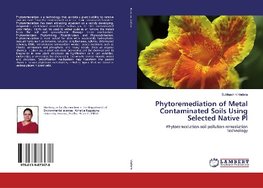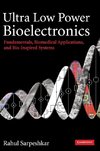
-
 Anglický jazyk
Anglický jazyk
Phytoremediation of Metal Contaminated Soils Using Selected Native Pl
Autor: Subhashini Vudata
Phytoremediation is a technology that exploits a plant's ability to remove contaminants from the environment or render toxic compounds harmless. Phytoremediation has been attracting attention as a rapidly developing, inexpensive plant-based remediation technology.... Viac o knihe
Na objednávku
71.19 €
bežná cena: 79.10 €
O knihe
Phytoremediation is a technology that exploits a plant's ability to remove contaminants from the environment or render toxic compounds harmless. Phytoremediation has been attracting attention as a rapidly developing, inexpensive plant-based remediation technology. At sites contaminated with metals, plants can be used to either stabilize or remove the metals from the soil and groundwater through three mechanisms: Phytoextraction, Phytomining, Rhizofiltration, and Phytostabilisation. Phytoremediation is most suited for sites with moderately hydrophobic contaminants such as benzene, toluene, ethylbenzene, xylenes, chlorinated solvents, PAHs, nitrotoluene ammunition wastes, excess nutrients such as nitrate, ammonium and phosphate, and heavy metals. Once an organic chemical is taken up, a plant can store (sequestration) the chemical and its fragments in new plant structures via lignification or it can volatilize, metabolize, or mineralize the chemical all the way to carbon dioxide, water and chlorides. Detoxification mechanisms may transform the parent chemical to non phytotoxic metabolites, including lignin, that are stored in various places in plant cells.
- Vydavateľstvo: LAP LAMBERT Academic Publishing
- Rok vydania: 2019
- Formát: Paperback
- Rozmer: 220 x 150 mm
- Jazyk: Anglický jazyk
- ISBN: 9786139873678











 Nemecký jazyk
Nemecký jazyk 
